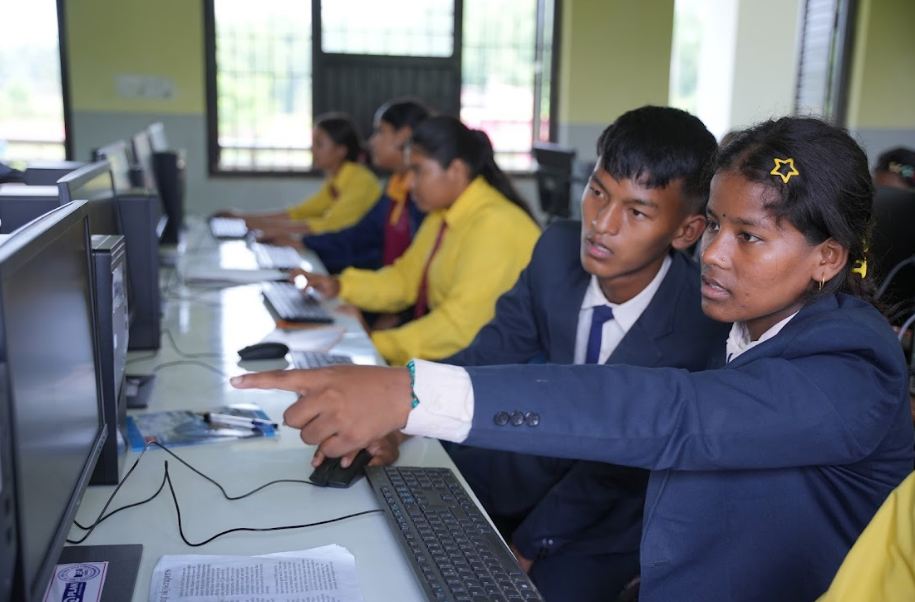Sponsored Content
China to develop new institutions for higher-standard open economy
Statistics show that from 1979 to 2023, China’s gross domestic product has grown at an average annual rate of 8.9 percent, far exceeding the global average of 3 percent during the same period.
Travel and consumption during the recent National Day holiday in China became a focus of foreign media outlets, which highlighted the record-breaking passenger volume of the railway system on the first day of the holiday, the surge in outbound tourism, and the bustling crowds at popular destinations. These observations exactly underscored a vibrant and thriving China.
Over the past 75 years since the founding of the People’s Republic of China, China has achieved a historic leap in economic development, comprehensive national strength, and international influence.
Statistics show that from 1979 to 2023, China’s gross domestic product has grown at an average annual rate of 8.9 percent, far exceeding the global average of 3 percent during the same period. Besides, the country’s average annual contribution to global economic growth stood at 24.8 percent.
Chinese President Xi Jinping said, “We will continue to advance high-quality development and Chinese modernization, enable the Chinese people to live a better life, and contribute more to sustainable development in the world. We have the confidence and determination that China’s development has a bright future.”
China’s vitality in development stems from the continuous efforts to deepen reforms. The country has continuously deepened reforms with great courage and determination over the past few decades, injecting a steady stream of vitality and momentum into its development.
The third plenary session of the 11th Central Committee of the Communist Party of China (CPC) ushered in a new period: one of reform, opening up, and socialist modernization. The third plenary session of the 18th CPC Central Committee marked the start of a new journey of comprehensively deepening reform in the new era with systematic and holistic plans. The third plenary session of the 20th CPC Central Committee initiated a new era and new journey, further deepening reforms and continuously exploring the broad prospects of Chinese modernization.
China takes deepening reform across the board as the fundamental driving force for Chinese modernization. It is determined to get rid of all thinking and ideas and all institutional ailment that impede Chinese modernization. This way, the country is able to better adapt the relations of production to the productive forces, the superstructure to the economic base, and national governance to social development so as to provide strong impetus and institutional support for Chinese modernization.
China’s vitality in development stems from the efforts to continuously expand opening up. Opening up is a defining feature of Chinese modernization. Since the initiation of reform and opening-up, China has embraced a path of achieving common development through opening up.
China remains committed to the fundamental national policy of opening up to the outside world and pursues a mutually beneficial strategy of opening up. China’s development is both domestic and external oriented; while developing itself, China also shares more of its development outcomes with other countries and peoples.
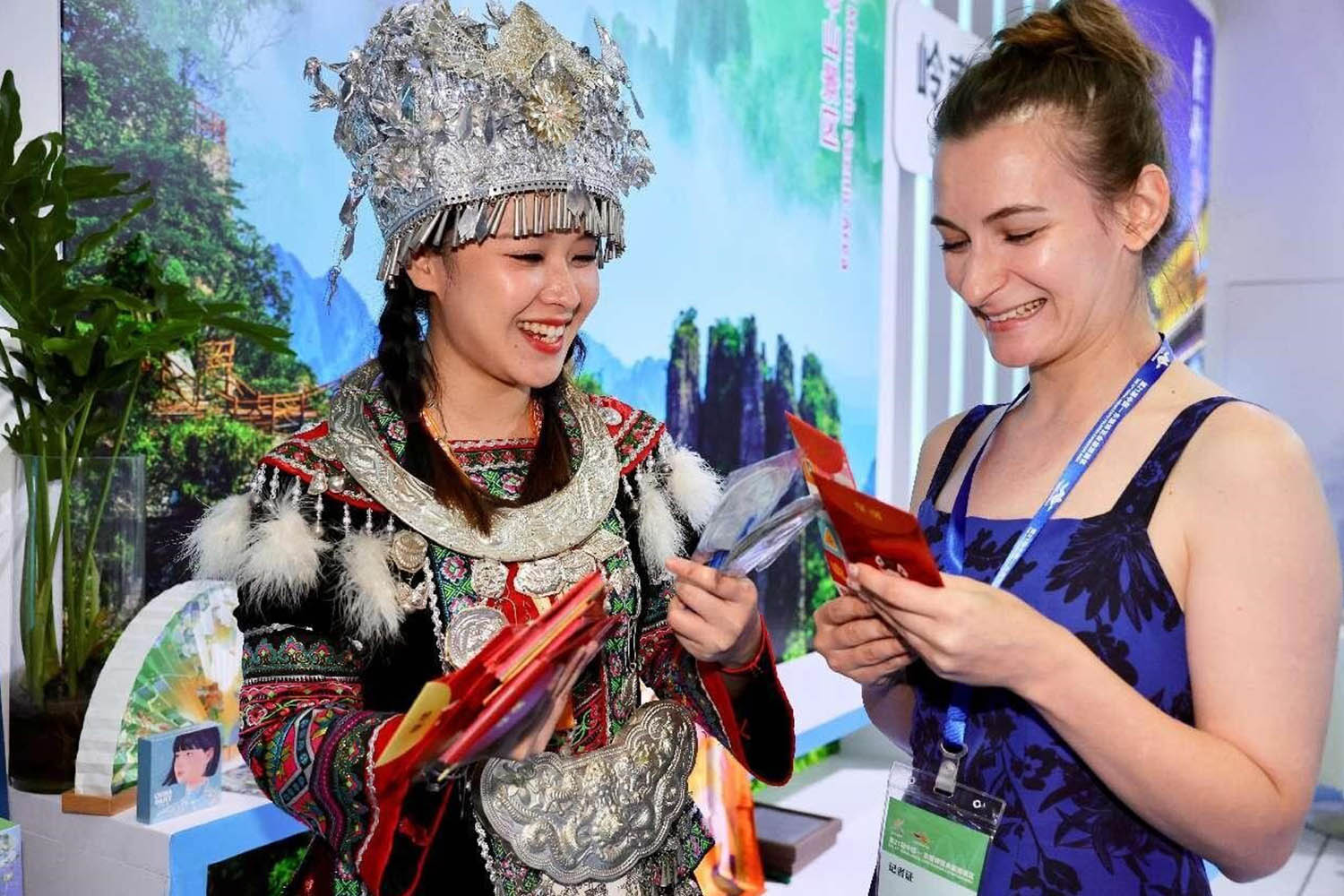
China is pursuing high-standard opening up not just because it has achieved remarkable reform and development success through opening up, but also because this is the right way forward as shown by the laws of economy and the trend of the times.
The third plenary session of the 20th CPC Central Committee stressed that China must remain committed to the basic state policy of opening to the outside world and continue to promote reform through opening up. Leveraging the strengths of China's enormous market, the country will enhance its capacity for opening up while expanding cooperation with other countries and develop new institutions for a higher-standard open economy.
In the future, China will steadily expand institutional opening up, deepen foreign trade structural reform, and further reform the management systems for inward and outward investment. Additionally, China will also optimize the layout for regional opening up, and improve the mechanisms for high-quality cooperation under the Belt and Road Initiative.
International observers believe that China's commitment to expanding high-standard opening up will not only pave the way for Chinese modernization, but also continuously provide new opportunities for the world through the country]s high-quality economic development.
The reform and opening up policy has led to a miraculous transformation in China’s development. Looking ahead, as China further deepens reform and expands opening up comprehensively, it will continue to inject strong momentum into promoting high-quality development and advancing Chinese modernization.
China will always be important opportunity for global development
By Guo Jiping
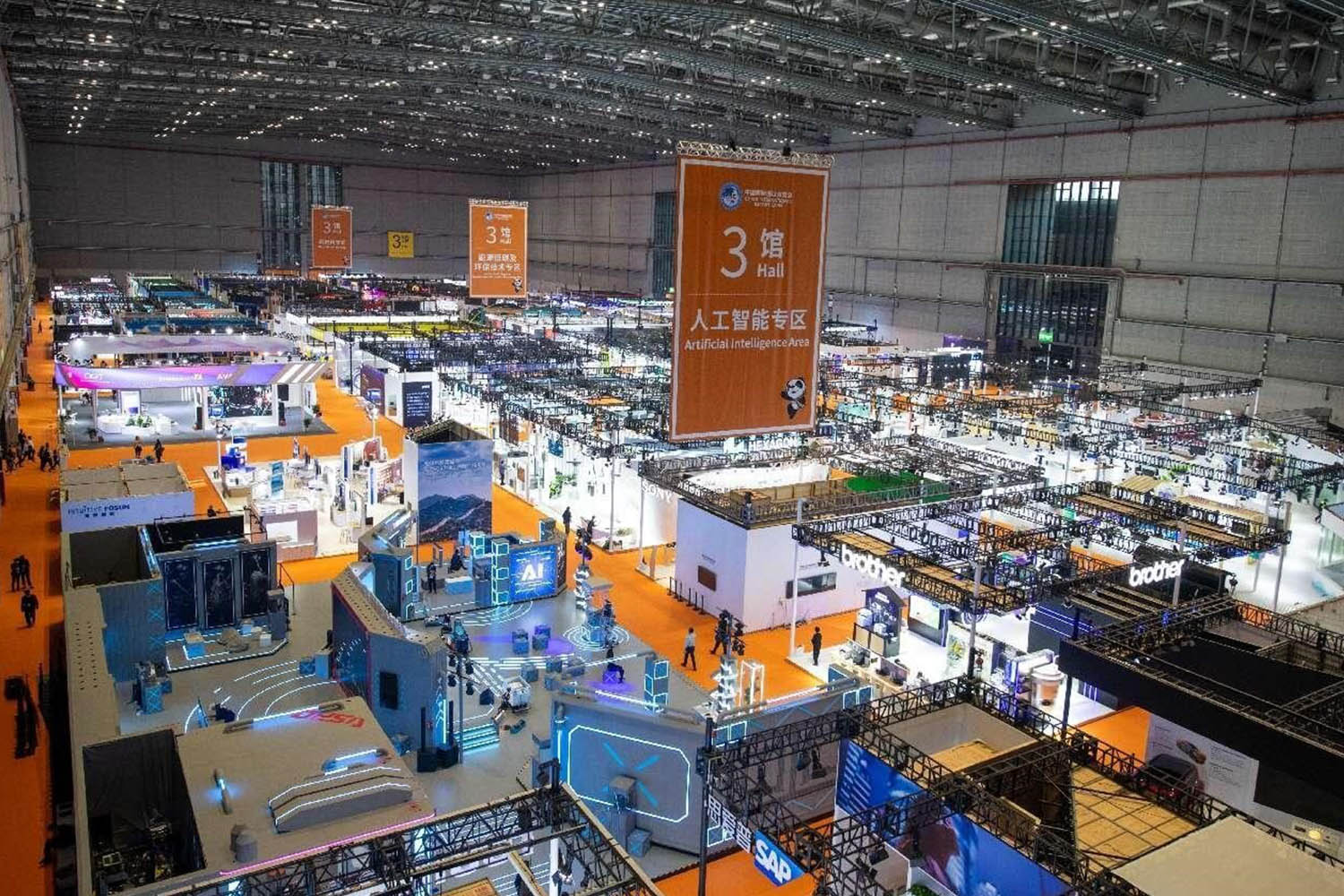
The 7th China International Import Expo (CIIE) kicked off at the National Exhibition and Convention Center (Shanghai) on Nov. 5. Running from Nov. 5 to 10, the 7th CIIE has attracted 3,496 exhibitors from 129 countries and regions. It also sets a new record with 297 Fortune Global 500 companies and industry leaders attending the event.
Besides, it has brought together 77 countries and international organizations to participate in the Country Exhibition, with France, Malaysia, Nicaragua, Saudi Arabia, Tanzania and Uzbekistan serving as guest countries of honour.
Political and business leaders from 152 countries, regions and international organizations attended the opening ceremony. Around 3,800 Chinese and foreign journalists from more than 400 media outlets are participating in the coverage of this event. Additionally, the area dedicated to cultural exchanges exceeded 32,000 square meters, marking a new high in the history of the expo.
Opening up is a defining feature of Chinese modernization and is also the core philosophy of the CIIE. Hosting the import expo is an important step for China to further open up and a concrete action China took to build an open world economy.
In July this year, the 20th Central Committee of the Communist Party of China (CPC) concluded its third plenary session, drawing up a grand blueprint for further deepening reform comprehensively to advance Chinese modernization.
The CPC noted that to further deepen reform comprehensively, it is a must to maintain a unified approach to reform and opening up. The deeper the reform goes, the higher the requirements for the level of opening up; the higher the level of opening up, the greater the boost to reform.
As a significant economic diplomatic event held after the third plenary session of the 20th Central Committee of the CPC, this year's CIIE highlights China’s confidence, determination, and practical actions in further deepening reform comprehensively, promoting high-quality development, and advancing high-level opening-up.
Based on the super-sized Chinese market, the CIIE has enabled exhibits to become traded goods and exhibitors to spot more investment opportunities. It has become a catalyst for enhancing global consensus on open cooperation and pursuing an open world economy, creating new opportunities for the world through China’s further development.
Open cooperation is a defining feature of the CIIE, and the key to its success. The annual expo has leveraged the strengths of China’s enormous market and fulfilled its platform function for international procurement, investment promotion, people-to-people exchanges and open cooperation, facilitating the exchanges of cultures and ideas, as well as transactions of goods and services.
The CIIE has continuously embraced innovation and green development. The previous six editions of the expo saw nearly 2,500 new products, technologies, and services make their debut. The 7th CIIE has, for the first time, established the new materials section, which showcases over 400 representative new products, technologies, and services, unleashing the vitality of innovation and green development.
The expo has served as a platform of high-level opening up that allows China’s enormous market to be shared by the world. The first six editions of CIIE have generated a total intended transaction amount exceeding $420 billion.
Additionally, over 1,130 foreign enterprises and investment promotion organizations have conducted targeted connections across the country. A total of 186 enterprises and institutions have achieved full attendance across all seven editions of the expo, and many exhibitors have gone on to open new stores, factories, and R&D centers in China.
With a population of over 1.4 billion, a middle-income group exceeding 400 million people, a complete supply chain, a well-developed infrastructure, an abundant talent pool, and a vibrant innovation ecosystem, the Chinese market continues to unleash tremendous dividends, enabling all parties to achieve mutual benefit.
“The CIIE is a unique grand event,” said Nicolas Hieronimus, CEO of L’Oreal Group. L’Oreal Group is the rotating chairman of the CIIE Enterprise Alliance. He noted that the expo, filled with opportunities, serves as an “amplifier” for new product debuts, a “catalyst” for cooperation, and a “propeller” for business development.
The spring breeze of China’s openness has continuously brought warmth to all parts of the world. So far, China has signed 22 free-trade agreements with 29 countries and regions. The country has been continuously deepening regional economic and trade cooperation by applying high standards in implementing the Regional Comprehensive Economic Partnership agreement and taking proactive steps to align its economic and trade rules with the high standards of the Comprehensive and Progressive Agreement for Trans-Pacific Partnership (CPTPP) and the Digital Economy Partnership Agreement (DEPA).
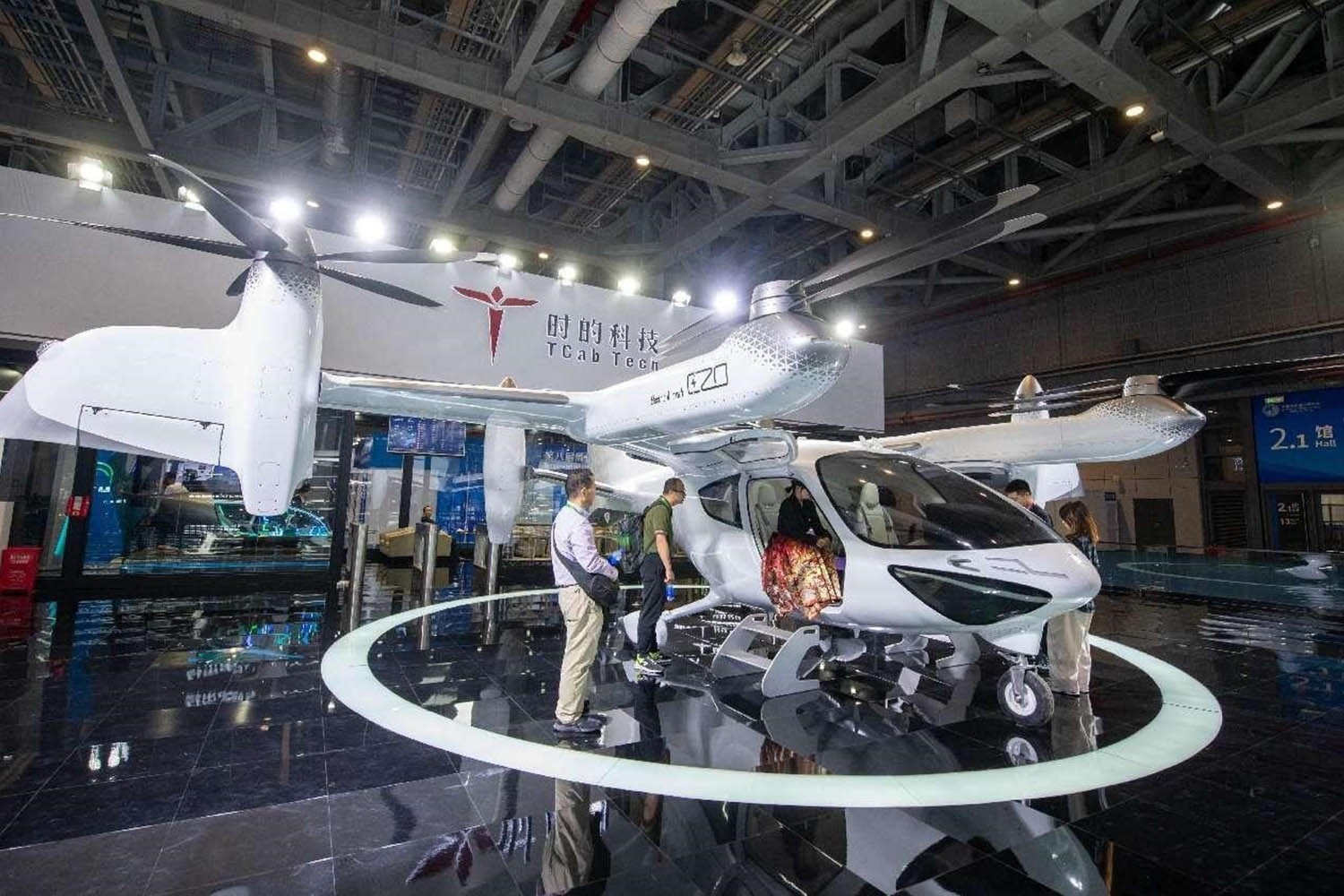
In the first three quarters of this year, China’s goods trade volume exceeded 32 trillion yuan ($4.45 trillion), reaching a new high, and its trade with over 160 countries and regions around the world achieved growth.
As a developing country and a natural member of the Global South, China is a staunch supporter, active participant and key contributor of South-South cooperation. By committing itself to openness to meet development challenges, foster synergy for cooperation, build the momentum of innovation, and deliver benefits to all, China has provided all nations with greater and fairer access to the fruits of development.
Since its inaugural edition of the CIIE, China has offered booth installation support and other support measures to the least developed countries, such as product transportation and personnel reception, to help them showcase their products at the import expo.
This year’s CIIE offered more than 120 free exhibition booths for vendors from 37 least developed countries. To expand unilateral opening to the least developed countries, the expo has also enlarged the exhibition area for African agricultural products.
Starting from Dec. 1 this year, China will give all the least developed countries having diplomatic relations with China zero-tariff treatment for 100 percent tariff lines. This significant measure was announced by Chinese President Xi Jinping at the opening ceremony of the 2024 Summit of the Forum on China-Africa Cooperation (FOCAC). China is the first major developing country and major global economy to implement such a measure.
The 7th CIIE has once again demonstrated to countries around the world that China remains committed to high-level opening up and open international cooperation. By further deepening reforms comprehensively and opening its doors wider to the outside world, China will always be an important opportunity for global development.
China’s PV industry continues to rise, thanks to technological innovation
By Liao Ruiling
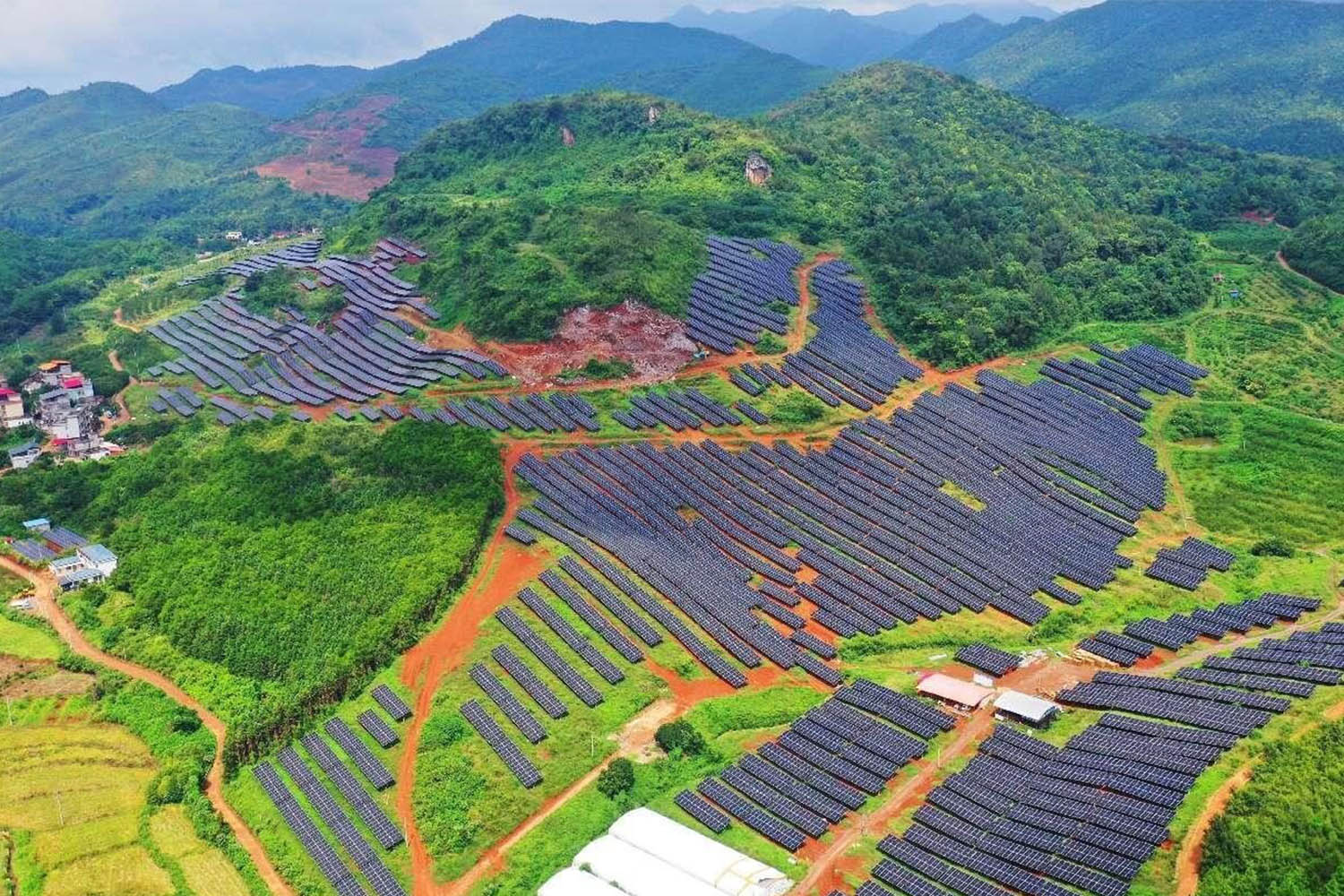
China’s photovoltaic (PV) industry maintained robust growth momentum during the first six months of this year. Data showed that during this period, the country’s output of polysilicon, silicon wafers, solar cells, and modules all rose by over 30 percent year-on-year, and exports of PV modules increased by nearly 20 percent from the same period last year.
This growth is evident at a granular silicon production facility of Chinese major polysilicon supplier GCL Technology Holdings Limited in Xuzhou, east China’s Jiangsu province, where a huge number of small granular silicon particles are flowing into storage tanks, ready for quality checks and packaging.
“Granular silicon, a type of polycrystalline silicon and an essential material component in the PV manufacturing industry, has advantages such as smaller volume and simpler production processes,” said Lan Tianshi, co-chief executive officer of the company.
He said that the company’s four facilities for producing granular silicon in China are all running smoothly, with a steady increase in their market share.
The demand for PV systems continues to rise globally as the world increasingly shifts toward renewable energy, said Liu Yiyang, deputy secretary-general and spokesperson of the China Photovoltaic Industry Association.
In the first half of this year, the newly installed capacity of China’s PV industry reached 102.48GW, including 49.6 GW of centralized PV installations, 37.03 GW of commercial and industrial solar installations, and 15.85 GW of residential solar installations.
“China has made significant achievements in multiple segments of the PV industry, including solar cells, modules, and silicon wafers,” said Liu.
“Thanks to Chinese PV companies’ continuous technological innovation, enhanced independent R&D, and improved production efficiency, China leads the world in PV output and capacity, and multiple segments of the industrial chain,” he added.
Looking back, China’s PV industry went through a tough time when it relied heavily on foreign sources for raw materials, equipment, and markets.
From the early 2000s to late 2010, there was a remarkable increase in China's solar cell production. Yet the industry, which was primarily export-oriented at the time, faced serious challenges due to the global financial crisis.
In the 2010s, the global PV industry encountered additional difficulties caused by the so-called anti-dumping and anti-subsidy measures enforced by some countries. In response to these challenges, the Chinese PV industry shifted its focus toward expanding the Chinese domestic market and developing core technologies.
Throughout the years, driven by China's dual carbon goals of peaking carbon emissions by 2030 and achieving carbon neutrality by 2060, Chinese PV companies have intensified their R&D efforts. They have successfully developed and applied emerging technologies like perovskite PV cell technology, while also promoting the large-scale commercialization of multiple high-efficiency cell technologies, Liu said.
Liu noted that in 2023, all of the world’s top 10 companies in PV cells production were from China, with a combined capacity of 681.2 GW, accounting for 66 percent of the global total.
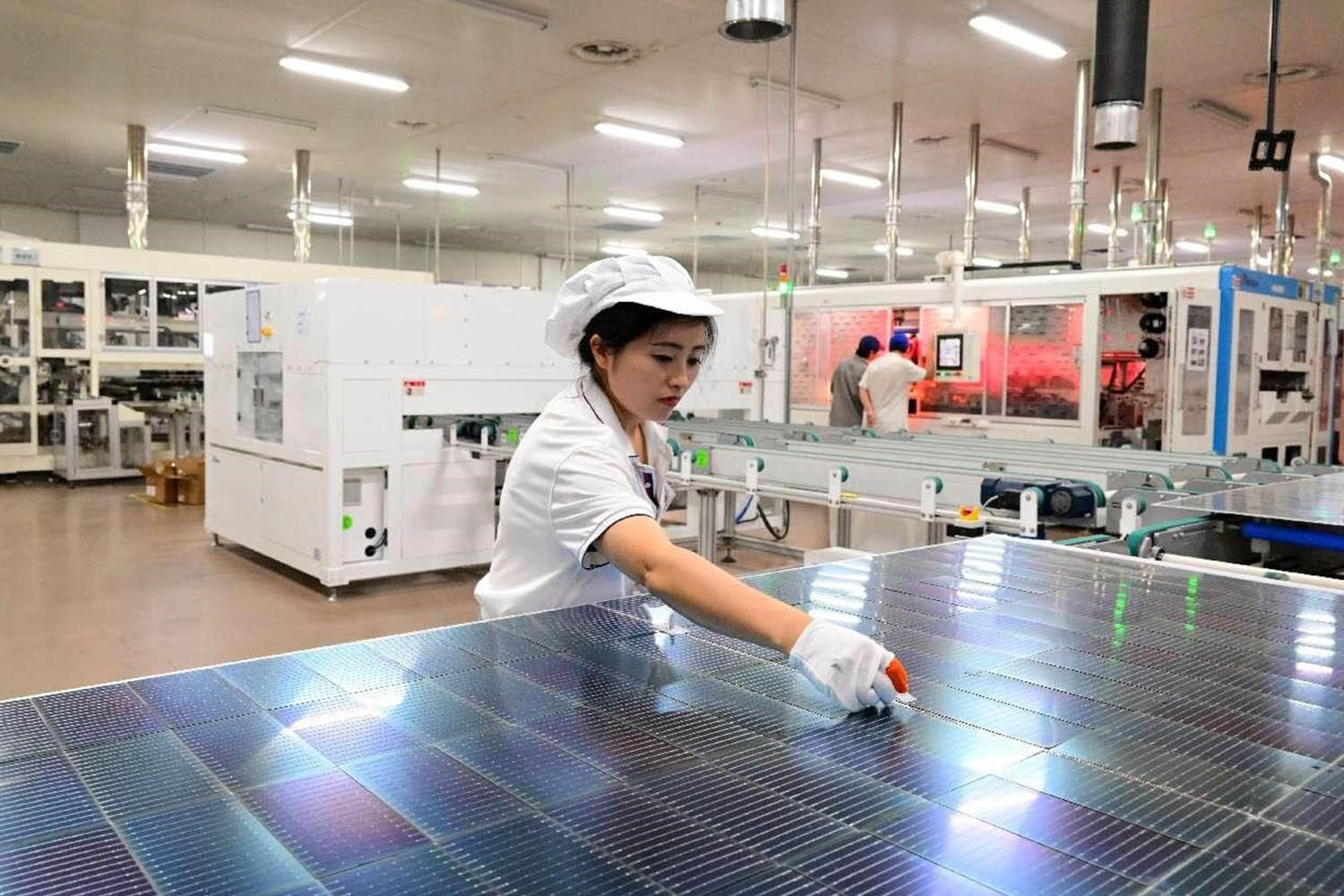
According to the white paper “China’s Energy Transition” recently released by China’s State Council Information Office, China has built complete industrial chains for the R&D, design, and integrated manufacturing of wind and solar PV equipment, and the high conversion efficiency of crystalline silicon/perovskite PV cell technology has established multiple world bests.
Over the past decade, China has provided premium clean energy products and services to the international market. The country has also doubled its efforts in technological innovation to upgrade new energy technology at a faster pace, contributing enormously to a sharp reduction in the costs of wind power and PV power worldwide.
Data from the International Energy Agency show that in 2023, China’s newly installed renewable energy capacity exceeded the total of other regions worldwide, making it the largest contributor to the development of the global renewable energy industry.
To address the challenges the industry faces such as intense competition, export obstacles in some regions, and a slight supply-demand imbalance, some leading Chinese companies are increasing investment in technological upgrades to reduce costs, maintain profits, and improve efficiency, while some others are seeking new growth opportunities and expanding their global presence.
Since the beginning of this year, companies like GCL Technology Holdings Limited, Trina Solar, and JinkoSolar have announced to launch PV projects in Middle East. Some firms are accelerating their global expansion by assisting their overseas counterparts in localizing industrial chains.
“No matter how the market changes, innovation remains our top priority as technological strength and independent innovation capabilities are always crucial for maintaining our resilience and competitiveness,” said Lan.




 9.12°C Kathmandu
9.12°C Kathmandu
